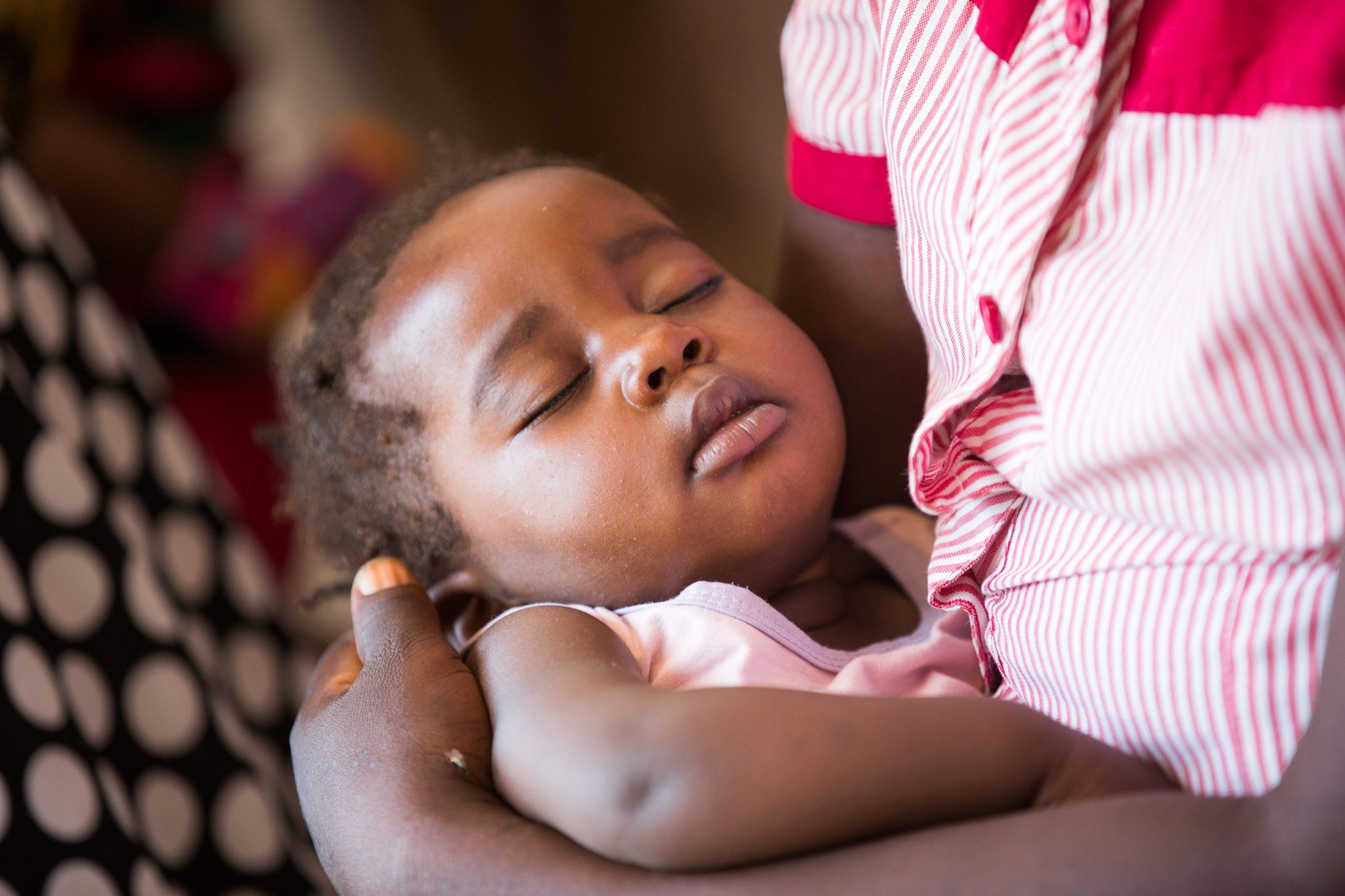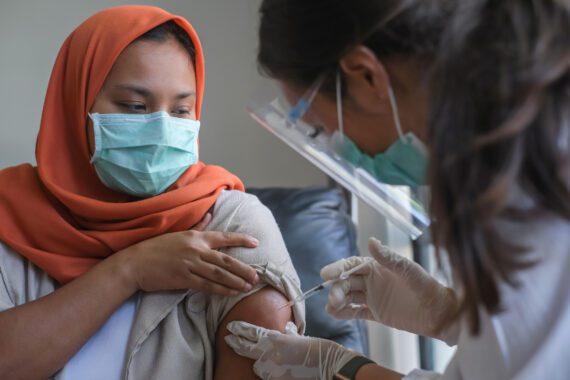By Michele Learner, Bread for the World Institute
Today is World AIDS Day, when we pause to remember those who lost their lives to HIV/AIDS and — even more importantly — to commit to doing what is most needed to bring the global pandemic, now in its fourth decade, to an end.
People have known for at least 70 years that we are all dependent on one another and that the planet is vulnerable to human actions. From the moment they were invented, nuclear weapons have been capable of rendering Earth nearly uninhabitable. The climate change conference in Paris—today featuring a speech by President Obama—is one of the most recent reminders of this truth. As one climate advocacy message points out, “There is no Planet B.”
Infectious diseases – from HIV/AIDS to polio to measles —are also all-or-nothing. Either no one is at risk, or everyone is. I can remember when men in the United States, some only a few years my senior, began to die of previously rare cancers and other conditions. These, as it turned out, were opportunistic infections, the result of what was soon identified as the Human Immunodeficiency Virus (HIV). The earliest identified cases of HIV were in the United States in 1981. By 1985, the virus had spread to remote Pacific islands that rarely had visitors. Today, there are rarely, if ever, exceptions to “global.”
Social determinants of human well-being are interrelated as well. Hunger and HIV/AIDS are inseparable: ART is far less effective among people who are malnourished, and conversely, people affected by AIDS are less able to work at producing food or earning money to buy it.
Although there is still no vaccine and no cure, treatments for HIV were developed several years ago. Efforts to make combination anti-retroviral therapy (ART) widely available have made an impact: an estimated 15 million – 16 million people, most in developing countries, currently receive ART.
The Sustainable Development Goals (SDGs) call for an end to the AIDS pandemic by 2030. According to UNAIDS, “Front-loading investments in the fragile five-year window up to 2020 could reduce new HIV infections by 89 percent and AIDS-related deaths by 81 percent by 2030.” A critical indicator of whether we will end HIV/AIDS by 2030 is the number of new infections by 2020: experts say that there must be less than 500,000 annually. In 2014, there were an estimated 2 million new infections – so there is much more work to do.
Many of the estimated 34 million people who have died of AIDS, particularly in sub-Saharan Africa, left children behind. And, of course, many children have died as well. But one of the brighter spots in the long, frustrating global struggle against HIV/AIDS has been the significant reduction in mother-to-infant transmission. In 2014, an estimated 220,000 babies contracted HIV from their mothers – far too many, but down from more than 570,000 in 2003. As of 2014, a little more than 70 percent of HIV-positive pregnant women were receiving ART. In 2015, Cuba became the first country certified by the World Health Organization (WHO) to have eliminated mother-to-child transmission of HIV. Several other Western Hemisphere countries are not far behind.
On the other hand, adolescents, particularly teenage girls, now bear the brunt of the pandemic. AIDS is the leading cause of death among Africans ages 15 to 19. Girls are 70 percent of newly HIV-positive Africans in this age group. And globally, AIDS is the second-leading cause of death among adolescents.
As the Institute has emphasized, a profound lack of accurate data in many spheres — from education to health to violence — hinders efforts to reduce gender discrimination and improve the status of women. HIV/AIDS is no exception. According to the Coalition for Adolescent Girls, “Despite their increased vulnerability, there is a lack of global data on modes, timing, and prevalence of HIV infection among adolescent girls.… More information is needed to identify how, and at what age, adolescent girls are becoming infected with HIV.”
My take-aways on World AIDS Day 2015: There is much more work to do. Investment in HIV prevention and action on gender equity are key parts of the solution. But, with a united effort, the world can actually put an end to HIV/AIDS.
Michele Learner is associate editor at Bread for the World Institute.



